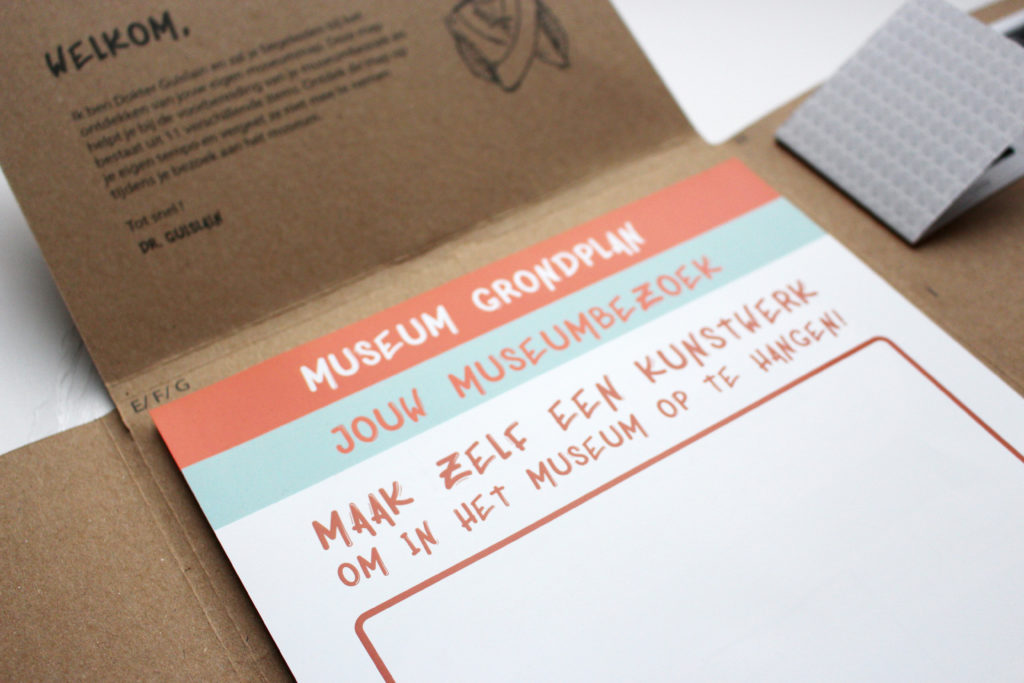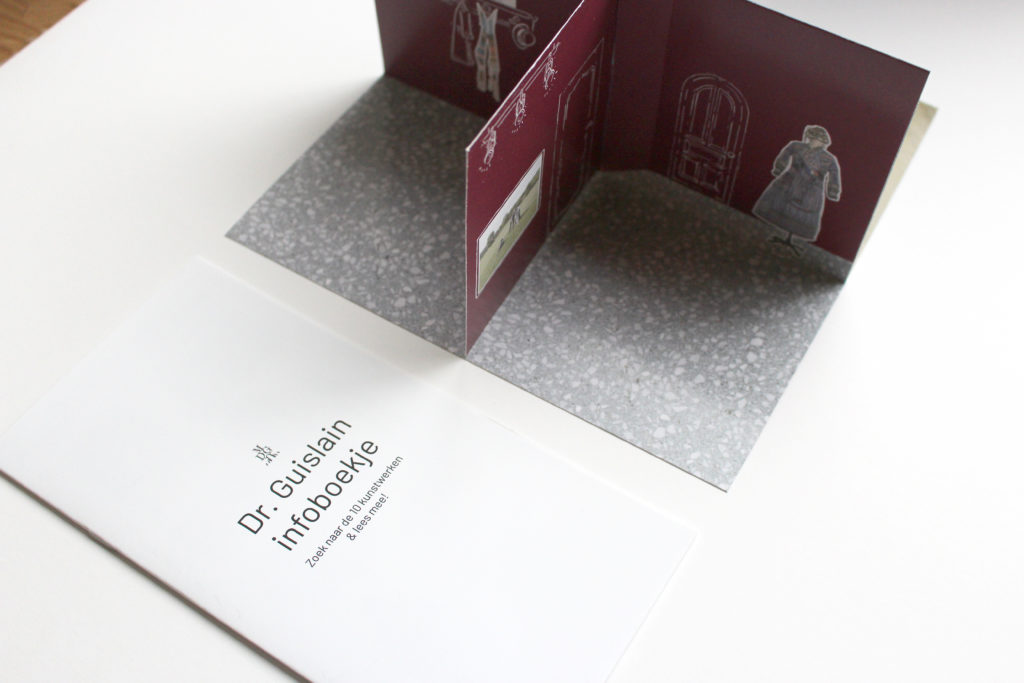
Yoon Hee Lamot
Curator Dr Guislain Museum
Museums have no borders,
they have a network
March 20, 2023
Keywords: museum, inclusion, mental impairments, pre-service, mental health
Unfortunately, many groups still do not find their way to museums effortlessly. Although museums work towards making their buildings and presentations accessible for people with physical disabilities, it is seldom that museums are accessible or welcoming for visitors with mental disabilities.
Inclusion is a top priority for the Dr Guislain Museum – founded in 1986 in the old buildings of the first psychiatric hospital in Belgium. It focuses on the theme of mental health in its exhibitions and activities. From 2020 to 2022, the museum was one of the organisational partners of the Erasmus+ project titled MindTour. The project aimed to increase accessibility to tourist attractions for people with mental impairments (partners were Thomas More University of Applied Sciences in Belgium, the University of Tartu and Pärnu Museum in Estonia, and the University of Latvia and Zeit Hotel in Latvia). Students from the Space and Service Design department at the Thomas More University of Applied Sciences (Julie Amy, Britt Pellens and Anthony Chalfoun) developed the Mini-Guislain toolkit for the Dr Guislain Museum. This pre-service map allows people with mental impairments and their caregivers to prepare for their museum visit, and allows the museum to engage with them prior to, during and after their visit. In the course of their research and observations, it became clear to the students that preparing for a museum visit is essential for people with mental impairments to experience a qualitative visit. Therefore, the designers decided to rethink the pre-services offered by our museum and developed the Mini-Guislain toolkit. This free toolkit can be ordered on the museum website.
The Mini-Guislain toolkit

Fig. 1
The Mini-Guislain Toolkit. © Amy Julie and Pellens Britt.
The research showed that multiple challenges and problems during the visit were linked to the fact that the caregivers were unable to prepare for the visit properly. Visiting a new place can be stressful for people with special needs. Most of the time, people with mental disabilities are unaware of how to navigate a museum and do not know the kinds of works they will see. They also encounter many new people and can be overwhelmed by sounds, images or objects. They often need some level of predictability. The Mini-Guislain toolkit’s aim is to offer the necessary information before the visit and to facilitate planning, thus providing a safe and recognisable environment. It can also engage visitors before their visit and create anticipation, interaction and excitement.
Caregivers, parents, or companions of visitors with mental impairments are crucial since, most of the time, they are the ones who decide whether to go to the museum or not. They prepare for the visit and determine if the museum is accessible enough. That is why the Mini-Guislain toolkit consists of two maps: an individual folder for the visitor and a folder for the caregiver. The latter contains a user manual, a list of items in the toolkit, and information on how to prepare for the visit, including the address, opening hours, transport possibilities, objects/items to bring along, and the services already provided by the museum. The folder also contains a short text about Dr Joseph Guislain, the first psychiatrist of this former psychiatric hospital.

Fig. 2
The user journey scheme. © Amy Julie and Pellens Britt.
The individual folder is meant for visitors with mental impairments. The caregiver can order several individual maps depending on the number of participants. First, it contains a name tag, an entrance ticket and a voucher for a drink in the café. It also offers the possibility of making a drawing that will be placed on a dedicated wall in the museum. The drawing is an introduction to the theme of art and museums, but it also makes the target group active participants. The user journey scheme explains every step of the visit. It serves as a pathway of successive activities and experiences that will take place during the visit. The numbers correspond to the numbers on the floor plan, guiding visitors inside the museum. The museum is housed in an old psychiatric hospital that was never conceived as a museum, which means wayfinding is a constant challenge. Seeing as meeting new people can be stressful or confusing for some visitors with mental impairments, photographs of some welcoming staff members they might encounter during their visit were added to the folder. A sticker for marking the visit on their own calendar introduces a time frame for a visit and creates structure.

Fig. 3
Detail Mini-Guislain Toolkit. © Amy Julie and Pellens Britt.
A “mini museum” and a “mini tour guide” are provided. The “mini museum” is a 3D model of some of the exhibition rooms; it offers information about a selection of artworks and objects on display and is accompanied by stickers of some of the museum’s highlights. The caregiver can explain what these artworks are, using the explanatory texts. Together, the caregiver and the visitor can place the stickers on the mini museum and get an idea of what to expect from the museum experience.
The last item in the individual folder is a picture frame. Visitors can take a photo of themselves in the museum and place it onto the picture frame as an after-service and a souvenir that they may take home.

Fig. 4
Detail of the “mini museum” and “mini tour guide”. © Amy Julie and Pellens Britt.
Conclusion
As a museum working on mental health, we want to contribute to the improvement of psychological well-being through exhibitions and activities. Reaching a wide and diverse public is a priority and a challenge for many museums. With the Mini-Guislain toolkit, we want to eliminate the barriers that people with mental impairments may experience during museum visits. It offers not only a pre-visit service but a unique and personal experience before, during and after the museum visit.
Reference:
www.museumdrguislain.be
Note: The toolkit is related to the temporary exhibitions, an updated version will be available soon.
